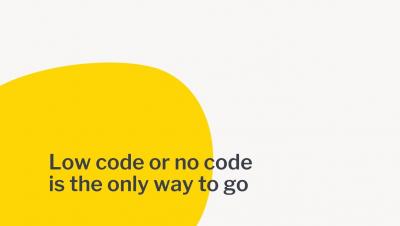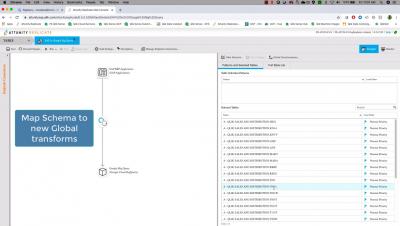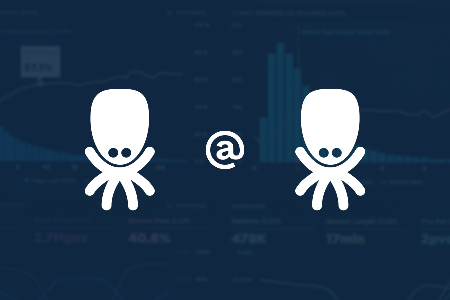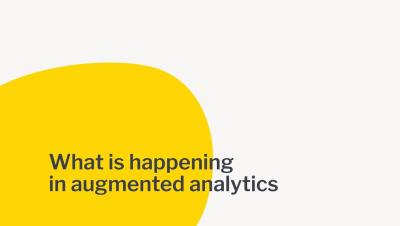Distributed model training using Dask and Scikit-learn
The theoretical bases for Machine Learning have existed for decades yet it wasn’t until the early 2000’s that the last AI winter came to an end. Since then, interest in and use of machine learning has exploded and its development has been largely democratized. Perhaps not so coincidentally, the same period saw the rise of Big Data, carrying with it increased distributed data storage and distributed computing capabilities made popular by the Hadoop ecosystem.










